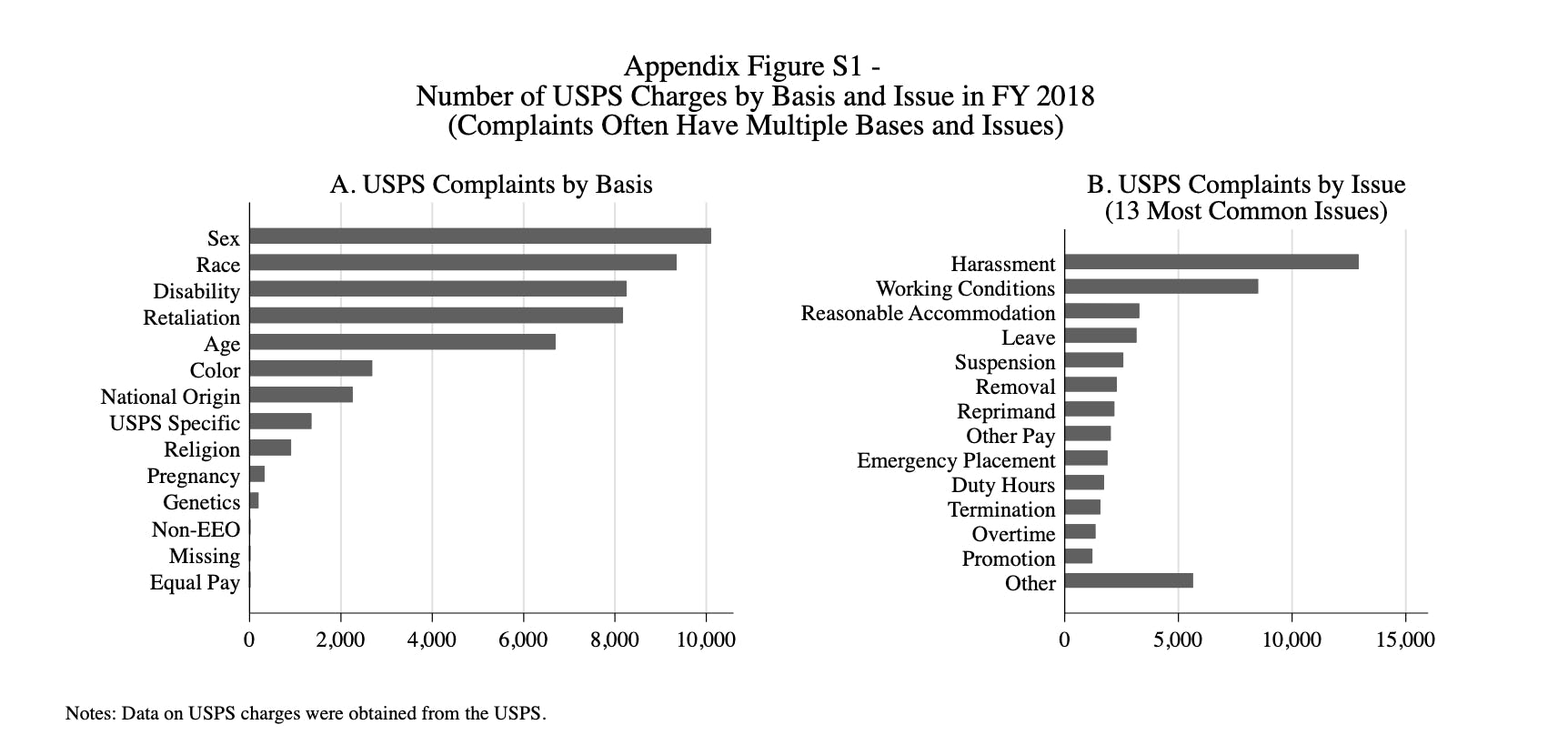
Hot-headedness isn’t just a figure of speech — it turns out exposure to extreme heat can literally alter your judgment and lead to erratic behavior.
But how does this connection between extreme heat and behavior play out in the workplace? One study set out to examine this link — and found a troubling increase in discrimination and harassment. The findings were published Monday in the journal Proceedings of the National Academy of Sciences.
“Taken together, my findings show that heat stress can increase incidents of workplace harassment and discrimination,” study author and Harvard economics Ph.D. candidate Ayushi Narayan writes in the paper.
What’s new — The study, which focuses on United States Postal Service (USPS) workers, found warmer temperatures correlate to an increase in Equal Employment Opportunity incidents related to workplace discrimination and harassment.
The Equal Employment Opportunity Act makes it illegal for employers to discriminate on the basis of factors like race, sex, religion, age, disability, and national origin. Employers also cannot retaliate against employees for participating in protected activities, such as filing a report of alleged discrimination. Workers can file reports of discrimination to the Equal Employment Opportunity Commission.

Specifically, extreme heat seems to be the culprit. According to the paper, “extremely hot” days exceeding 90 degrees Fahrenheit have five percent more EEO reports than milder days when temperatures are between 60 and 70 degrees Fahrenheit. The study reports that this temperature-linked increase in discrimination and harassment is “widespread across the USPS.”
“Days with pleasant weather between 50°F to 60°F and 70°F to 80°F degrees do not experience the same increase in incidents,” the paper concludes.
Increased harassment and discrimination were linked to extreme heat regardless of the type of discrimination — i.e., on the basis of sex, race, disability, retaliation, and age.
Why it matters — Other studies have looked into how extreme heat — made more likely by climate change — influences aggressive behavior, but they’re typically in the context of increased violent crime in cities.
Very few papers examine how heat stress due to global warming may impact workplace dynamics and lead to downstream effects like discrimination and harassment. It’s an especially timely topic as recent research finds billions of people will experience “unprecedented heat” by the end of the century.
“I was curious whether these documented changes in decision-making and aggression would also be associated with changes in discrimination and harassment on the job,” Narayan tells Inverse.
Narayan spoke with Inverse about the implications of the findings, specifically for how warmer temperatures under climate change can negatively impact workplace equality “via harassment and discrimination.”

“The results suggest that policies that make environmental working conditions less stressful may have the added benefit of reducing the prevalence of labor market discrimination and associated workplace inequality,” Narayan adds.
How they made the finding — There’s also a specific reason why Narayan focused on the USPS. Since the federal agency employs many people throughout the entirety of the country, it was easier to look at “exposure to extreme heat over space and time.”
To analyze the impact of extreme heat on discrimination and harassment within the USPS, Narayan used data on EEO reports submitted by postal service workers, which she obtained through the Freedom of Information Act — a law that allows individuals to request government documents to be disclosed to the public. The data revealed greater than 250,000 EEO complaints and 800,000 “charges of harassment and discrimination” at more than 12,000 USPS offices between 2004 and 2019.
By geocoding the location of these 12,000 post offices, the researcher could link each post office to daily weather patterns and merge them together in a dataset, allowing her to “relate the timing of EEO incidents to the timing of heat stress.”
The analysis found a significant correlation between extreme heat and the days on which the incidents of harassment or discrimination occurred but found no similar correlation between warmer temperatures and the date the report was made.
In other words: the research confirmed that there wasn’t simply an increase in the number of people reporting discrimination, but an increase in actual incidents of harassment linked to extreme heat.
What’s next — Going forward, Narayan says her research provides scientific support for “additional protection against extreme heat in the workplace.”
“I am hoping that studies like mine help researchers, policymakers, business leaders, and citizens understand the various costs associated with inaction on climate change,” she concludes.







